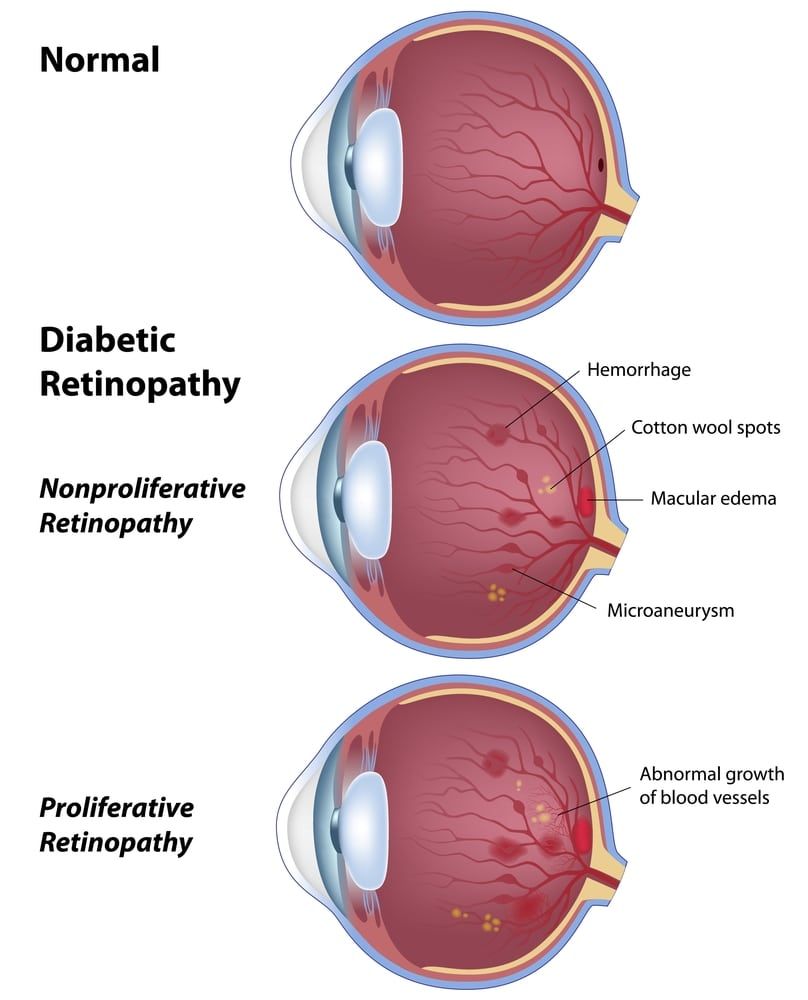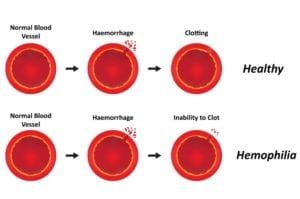Diabetic retinopathy is a progressive eye disease that slowly deteriorates vision over time. In its initial stages, the disease may present few or no symptoms. This is called mild non-proliferative retinopathy, which can only be diagnosed in a dilated eye examination. It is important for anyone with diabetes to undergo a dilated eye exam each year, as treatments are most effective when the disease is found early.
Waiting until symptoms are present could mean allowing diabetic retinopathy to progress into proliferative retinopathy or a form or moderate or severe non-proliferative retinopathy, which could cause irreversible damage to the eyes. Treatments are available to help preserve vision and slow the progression of retinopathy in the eye.
Did you know…
that diabetic retinopathy is the number one cause of blindness and vision loss among adults under age 70 in America? The primary risk factor for developing the disease is having diabetes – though not all people who have diabetes will develop diabetic retinopathy. Children and teens with diabetes have a slim chance of developing diabetic retinopathy, but risk increases with age. Fewer than three in four people with diabetes also have diabetic retinopathy by age 45.
Frequently Asked Questions
Is it possible that I am suffering from diabetic retinopathy?
Only your ophthalmologist can tell you if you have diabetic retinopathy. However, there are some signs and symptoms to watch out for. If you experience any changes in vision, such as blurriness, floaters, spots in your vision, impaired night vision or even partial blindness – see your ophthalmologist immediately.
What should I expect during diabetic retinopathy treatment?
If you have diabetic retinopathy, you may undergo laser treatment or vitrectomy. Laser treatments are outpatient procedures that work by shrinking abnormal blood vessels that form in the eyes of diabetic retinopathy patients. A vitrectomy, on the other hand, is used to relieve pressure in the eye by removing blood and fluids that have leaked into the eye’s center. Some patients regain at least part of the sight they may have lost prior to the procedure.
Is there anything I can do to lower my risk of developing diabetic retinopathy?
It is important to attend regular eye examinations – especially if are at high risk of developing the disease. Pregnant women, people with diabetes, and African Americans are most likely to develop diabetic retinopathy. If possible, modify your lifestyle to achieve lower blood pressure and control your blood sugar. Obesity is also a risk factor for developing diabetic retinopathy; so adopt a balanced diet and active lifestyle to shed excess weight.











































































































































































































































































































